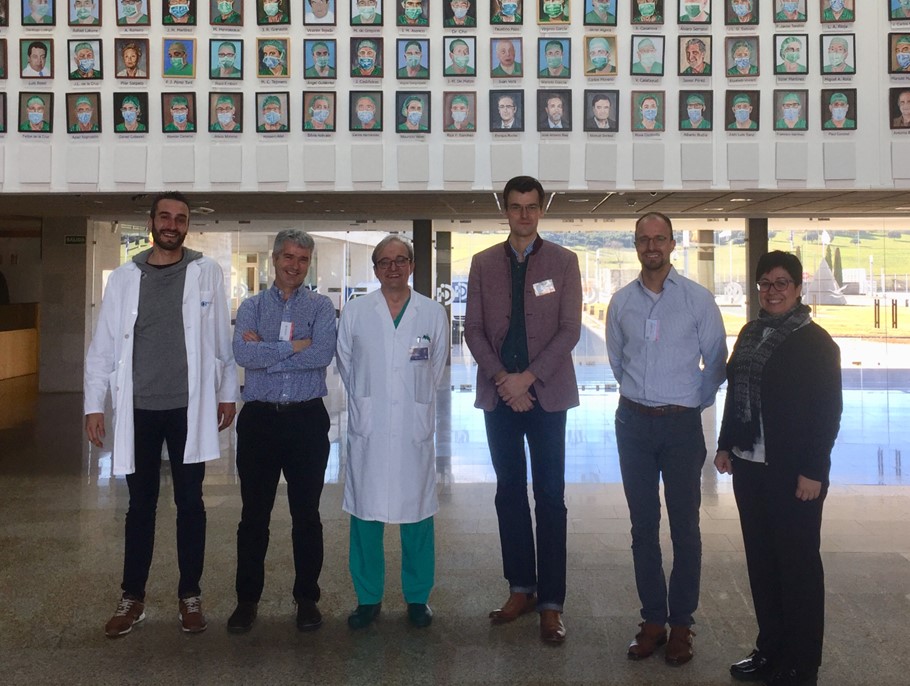U28-S09. Electron Tomography (Onsite&Remote)
In order to reveal the true nature of many specimens, the third dimension of the sample must be studied. The majority of the TEM techniques record two-dimensional (2D) projections of a 3D structure. However the complexity of the new material and the biological structures highlights the need to develop tools and techniques to explore the morphologies and compositions of materials in three dimensions. An object viewed from many different angles will generate slightly different projections. These images can be recorded and analyzed to create a tomographic rendering of the specimen. The resolution obtained depends of the diameter of the object and the number of projections.
Applications:
Fundamental research in cellular and structural biology for 3D reconstruction studies, and applications involving soft materials that cannot be resin-embedded due to their structural properties and composition.







